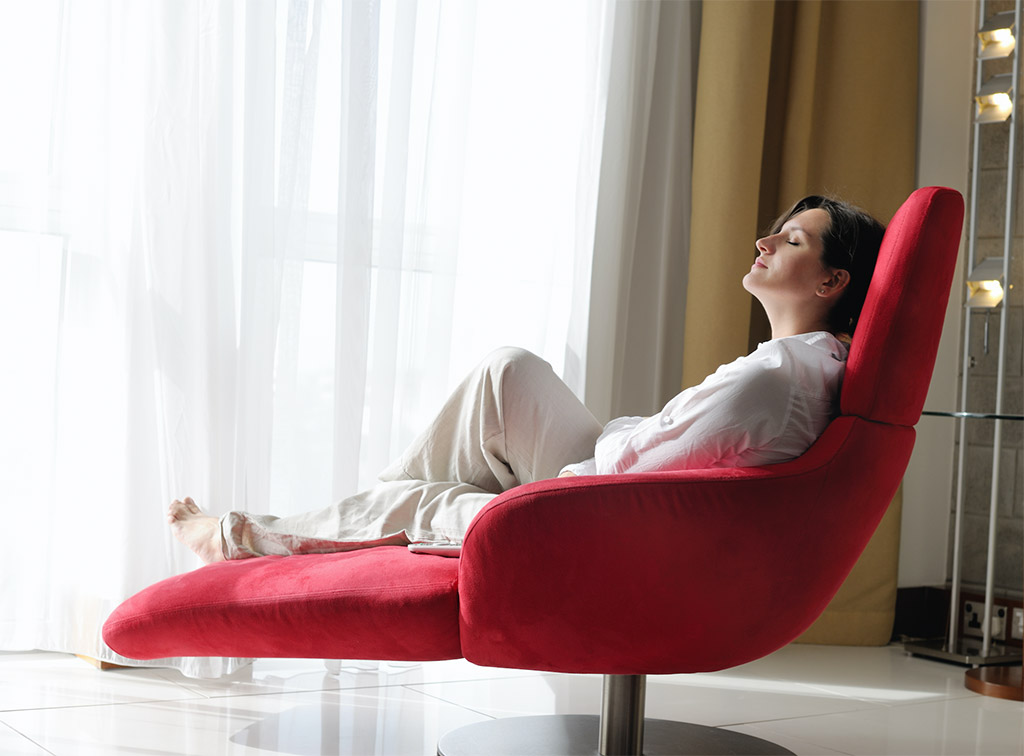When we discuss furniture we either refer to homes or offices – both which are not what we are going to talk about. In a majority of circumstances, we forget the fact that furniture, too, has a role to play in medical spaces. In fact, natural lighting, fresh air and comfortable seating – that can put patients at ease, have become basic necessities in healthcare delivery systems.
No wonder furniture is all about comfort and convenience. When we talk about furniture, no matter the size and shape, we also need to talk about space – organization and planning. Furniture implies patient beds, sofas, visitor seating equipment, staff chairs, recliners, cabinets and other furniture collection in every nook and corner of the clinic.
Last week, I visited a primary care clinic, and couldn’t resist myself from falling in love with this absolutely forward-looking clinic, for creating ambient interiors with a perfectly chosen furniture. To be more specific, the kind of furniture used in the clinic is more of a reflection of patients’ needs and expectations. Making informed furniture investment decisions to improve healthcare outcomes, moving away from traditional to a more consistent design is more of a challenge. This clinic has completely nailed it.
Healthcare furniture specialists are keen on addressing the concept of evidence-based design (EBD) – or the process of basing decisions about the built environment on credible research to achieve the best possible outcomes. As per EBD concepts, furniture will be bought and replaced multiple times during the 30-year-plus-lifetime of most healthcare facilities. Hence, objects, such as furniture, also require careful EBD research to fully understand the role those objects play in realizing desired patient and staff outcomes.
Coming back to the point, my visit to the clinic was welcomed with an outdoor informal lounge where people – both staff and visitors – get an option to feel comfortable enough, to use their gadgets, as well as relax and chill out. In addition to that, there is a cafe set up in one corner of the reception area, where visitors and patients’ family members could relax with a cup of coffee or some eatables, and interact with each other more peacefully.
EBD has listed out certain furniture goals that are to adopted and practiced by healthcare facilities as part of the effort to achieve better healthcare outcomes, also keeping in mind patient safety concerns.
- Reduce surface contamination linked to healthcare associated infections
- Reduce patient falls and associated injuries
- Decrease medication errors
- Improve communication and social support for patients and family members
- Decrease patient, family member, and staff stress and fatigue
- Improve staff effectiveness, efficiency, and communication
- Improve environmental safety
- Represent the best investment
I took some time to speak with the hospital management to understand their choice of furniture, and the brains behind having a right set of furniture collection – both informal and formal. As expected, this was a result of contract-grade furniture strategies, which are majorly used in non-residential spaces. To give you a heads-up, contract-grade furniture is a customized high-quality furniture that is designed and manufactured for heavy usage – specifically for non-residential areas. This furniture is durable and can last longer than usual – under constant heavy usage too.
I have also noticed another unique feature in this particular clinic. Unlike a majority of clinics which focus more on patient experience, but less on visitor comfort and staff productivity, this medical facility has taken adequate care to ensure that the basic needs of patients’ families and visitors, as well as staff are addressed.
Although achieving an effective space planning, without compromising on design limitations and budget constraints is undoubtedly a challenge, hybrid furniture has become a key solution. The concept of hybrid furniture has come into picture given the need to incorporate multiple functionalities in a single universal design. Using recliners instead of standard chairs, which can serve multiple purposes such as adjusting back inclination, height and arm support – is one of the most commonly used strategy.
According to Healthcare Design Magazine, incorporating furniture, which is easy to clean and disinfect, such as products with rounded corners and clean lines, as well as avoiding pieces that hide dirt and dust, can help facilities stem hospital-associated infections.
To conclude, creating innovative healthcare spaces with signature designs is no longer a profession, but passion for enthusiastic interior designers. I’ve got a lot to discuss about the place that I recently visited, so keep visiting this space for more. I shall come up with a lot of experiences and observations of my profession as a healthcare interior designer.




